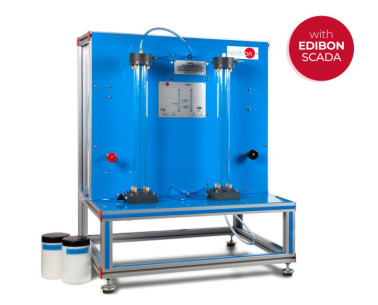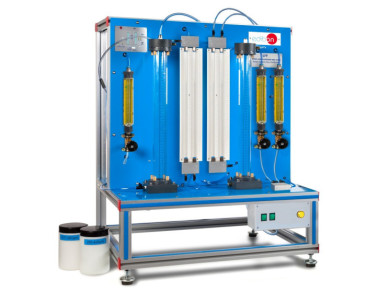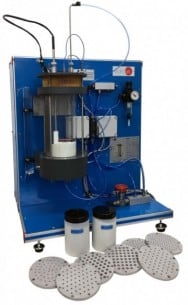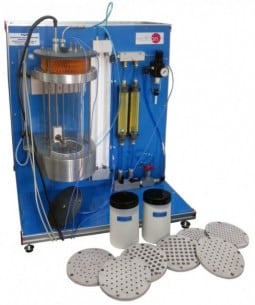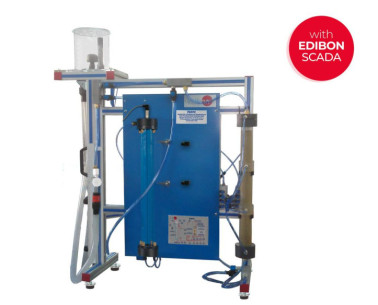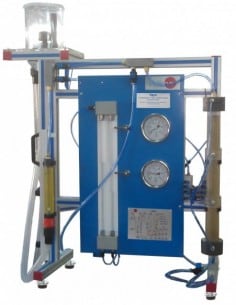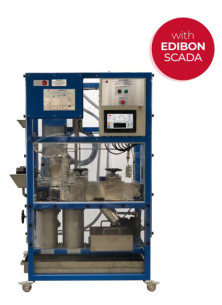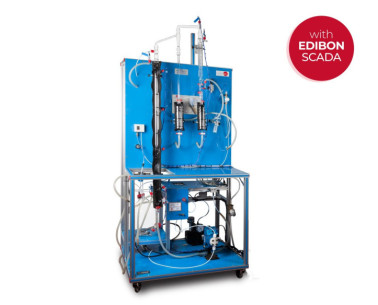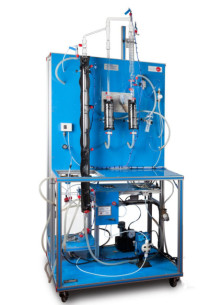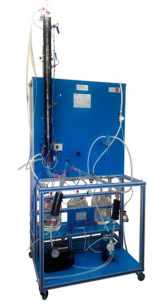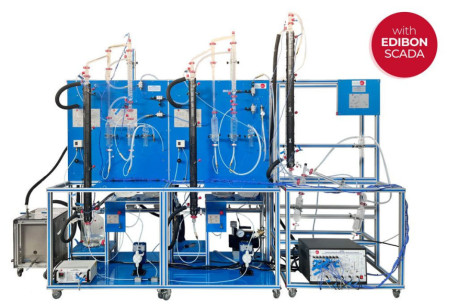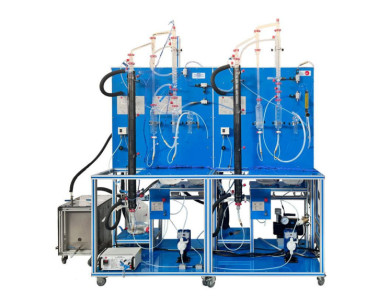FÜR WEITERE INFORMATIONEN, KONTAKTIEREN SIE UNS
11.1.- EINHEITSBETRIEB
Einheitsoperationen sind jede der physikalischen Veränderungen, die in den Prozessen der chemischen Industrie auftreten. Sie ergeben sich aus der Untersuchung verschiedener chemischer Prozesse, bei denen scheinbar eine andere Operation durchgeführt wird, die aber die gleiche Grundlage haben.
Mehr sehenDiese Operationen können in drei Typen unterteilt werden:
- Massentransfer. Eine Änderung der Masse oder der Zusammensetzung des Stoffes, die eine chemische Veränderung beinhalten kann. Diese Vorgänge sind Destillation, Absorption, Adsorption, Extraktion und Ionenaustausch, wobei die Veränderung hauptsächlich physikalischer Natur ist.
- Energietransfer. Energieänderung, die z.B. eine Zustandsänderung aufgrund einer Druck- und/oder Temperaturänderung vermuten lässt. Diese Klassifizierung umfasst die Verdampfung, obwohl auch andere Operationen, die Energietransfer mit Massentransfer kombinieren (Trocknung, Lyophilisierung, Sublimation, Kristallisation und Befeuchtung), eingeschlossen sind.
- Momententransfer. Veränderung der kinetischen Bedingungen der Materie. Die Vorgänge, die eine kinetische Veränderung bewirken, sind Filtrierung, Sedimentation, Flotation und Zentrifugation.
Sie alle basieren experimentell auf den entsprechenden Erhaltungssätzen.
Diese Art von Operationen wird in mehreren Branchen verwendet. Sie bilden die Grundlage für eine Vielzahl von Prozessen aus unterschiedlichen Anwendungsbereichen, wie z.B. der Lebensmittelindustrie, der Energiewirtschaft, etc.
Siehe Produkte Cookie-Präferenzen
Cookie-Präferenzen

